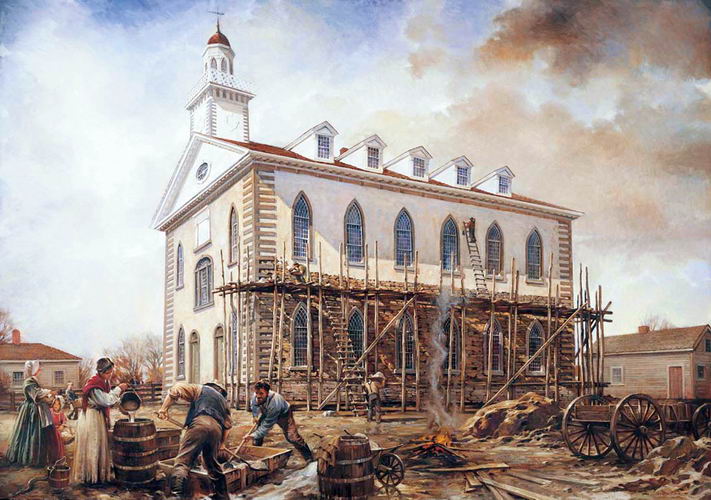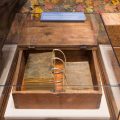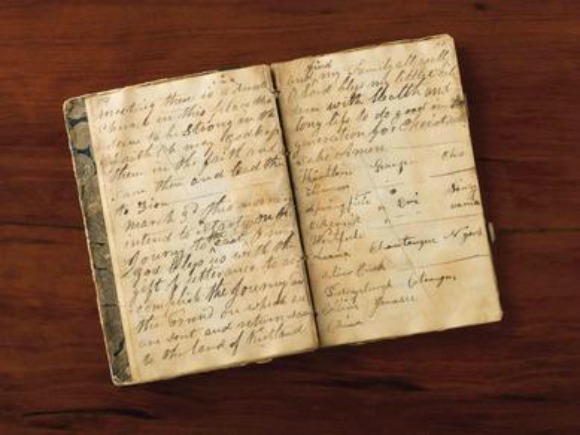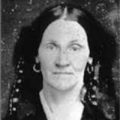Question
Hi Gramps,
I was reading some online material that stated that according to the Kirtland Temple lawsuit and a later court decision (because the previous was thrown out) that the Community of Christ, and not the LDS church, is the legally recognized successor of the early church. Is this true?
Spencer
Answer
Hello Spencer,
There’s a lot of legal history here, and I’ve made it as concise as I can below. While, as followers of Christ, we don’t look to secular institutions–even governmental ones–to answer questions of faith or doctrine; it is still (to me, at least!) a very interesting story.
With regard to the Kirtland Temple: By the mid-1870s, Joseph Smith III–by then the president of the RLDS Church–had purchased the title to the Kirtland Temple in his own name. While this gave Smith the right to use and maintain the temple (and, of course, permit its use by the RLDS congregations he oversaw), there were some legal questions as to the quality of Smith’s title because the deed he held was not what lawyers call a “warranty deed”. In a nutshell, a “warranty deed” includes a legal promise that there is no one else who could make a legal claim against a property. But because of some potential unresolved disputes by previous owners of the property, Joseph Smith III held only a “quitclaim deed” which includes no such promise. In fact, the lack of a “warranty deed” was the reason that an attempt by Smith to turn around and sell the property to Kirtland City shortly after he purchased it, fell through.
Joseph III and the RLDS Church basically worried that it was only a matter of time until they would get sued on the quality-of-title issue; so they tried a new legal tactic. In 1878 the RLDS Church preemptively filed a “quiet title” action. In this lawsuit they claimed that all the times the Kirtland Temple had been sold and re-sold after Joseph Smith’s death–even the sale to Joseph III–were irrelevant, because title should never have left the Church of Jesus Christ of Latter-day Saints; and the RLDS Church was the legitimate successor to that institution. Joseph Smith III, as deed-holder, was one of the named defendants in the suit (one can presume he didn’t put up much of a defense). Another named defendant was John Taylor, who by then president of the Utah LDS Church. However, formal notice of the proceedings was never formally served on Taylor or the LDS Church; and certainly the LDS Church did not appear in the case or make any sort of defense.
As it turned out, they didn’t technically need to. Under state law, a plaintiff in a quiet-title action had to actually “possess” the property. The RLDS church didn’t “possess” the Kirtland Temple at that time–Joseph Smith III did, in his capacity as an individual–and so the court threw out the case in 1880 on the basis that the RLDS Church had no standing to sue. (The case citation is Reorganized Church of Jesus Christ of Latter Day Saints v. Williams, Record T, 1880, p. 488, Court of Common Pleas, Lake County Courthouse, Painesville, Ohio.)
But, anti-Mormon opinion was high at this time, and the judge couldn’t resist an opportunity to take a shot at the Utah Church. Thus, in his opinion dismissing the case, he also made findings drawing contrasts between RLDS history and teaching (as the RLDS had represented them) and LDS history and teaching (as the RLDS, and the yellow press had represented them). The judge concluded that the RLDS church’s teaching and practice hewed closer to Mormonism as it had existed under Joseph Smith, and that for the purposes of allocating any properties obtained by the church Joseph Smith Jr. founded during his lifetime the RLDS should be deemed the legitimate successor to Joseph’s organization.
Legal historians still debate questions of jurisdiction and notice in trying to decide whether the opinion could have theoretically forced the Utah church to turn over any properties in its possession that were acquired prior to Joseph Smith’s death; but in practice it was a non-issue–the Utah church had pretty much abandoned all of its real estate holdings during the move west, so by 1880 the bulk of its American land holdings had been acquired after 1844. Even so, the PR value for the RLDS Church was immense, and they promptly published the text of the opinion far and wide–generally neglecting to mention that the RLDS Church had actually lost the lawsuit, or that the Utah Church had been completely unrepresented in the suit.
As for the Kirtland temple itself: The dismissal of the RLDS Church’s case left Joseph Smith III’s quality-of-title issue unresolved. However, the structure continued to be used by the RLDS Church over the next few decades, and they now hold clear title to the structure under the legal doctrine of “adverse possession”–a concept that says that if one person uses land that belongs to another and pays the taxes on it, and the legitimate owner knows about it and doesn’t try to evict the newcomer, then the legitimate owner loses title to the occupier after twenty-one years.
Now, there was another court case about ten years arising out of Missouri, popularly called the “Temple Lot case”. In that case the RLDS Church was suing another splinter group called the “Hendrickites”, who had come into possession of a portion of the lot for the Independence, Missouri temple. The LDS Church was not technically a party to the case, but it assisted the Hendrickites with legal counsel and LDS President Wilford Woodruff used his influence to ensure that key witnesses in Utah traveled to Missouri to give evidence. The RLDS won that case at trial, and the circuit court judge wrote an opinion that similarly attacked the Utah church and suggested Brigham Young had perpetrated a “bold and bald usurpation”.
The Hendrickites appealed that decision, and the appellate court reversed and threw out the RLDS Church’s case. In so doing the court found that there was actually no need for the court to try to figure out which church was the actual “successor” to the original church that Joseph Smith had established. Why? Because, said the court, due to some land-record issues arising out of the Church’s expulsion from Missouri, it wasn’t even clear that the “original church” would have had a claim to the land anymore. See Church of Christ at Independence, Mo., v. Reorganized Church of Jesus Christ of Latter-Day Saints, 70 F. 179 (8th Cir. 1895).
Even though the circuit court opinion was overruled, certain writers at times have been quite fond of quoting from it in their attacks on the LDS Church. But from the LDS standpoint, the Temple Lot case was quite useful because during the litigation a number of Joseph Smith’s surviving polygamous wives offered testimony. This testimony became a part of the court record and still exists, and from it historians have learned a great deal about how Joseph Smith originated, taught, and practiced the doctrines of celestial marriage in general, and plural marriage in particular.
As for the Independence temple lot: The Hendrickites maintain their portion of the property to this day. Other parts of the lot were never acquired by the Hendrickites and passed from owner to owner until eventually being purchased by the LDS Church or the RLDS Church (now known as the Community of Christ).
Gramps







